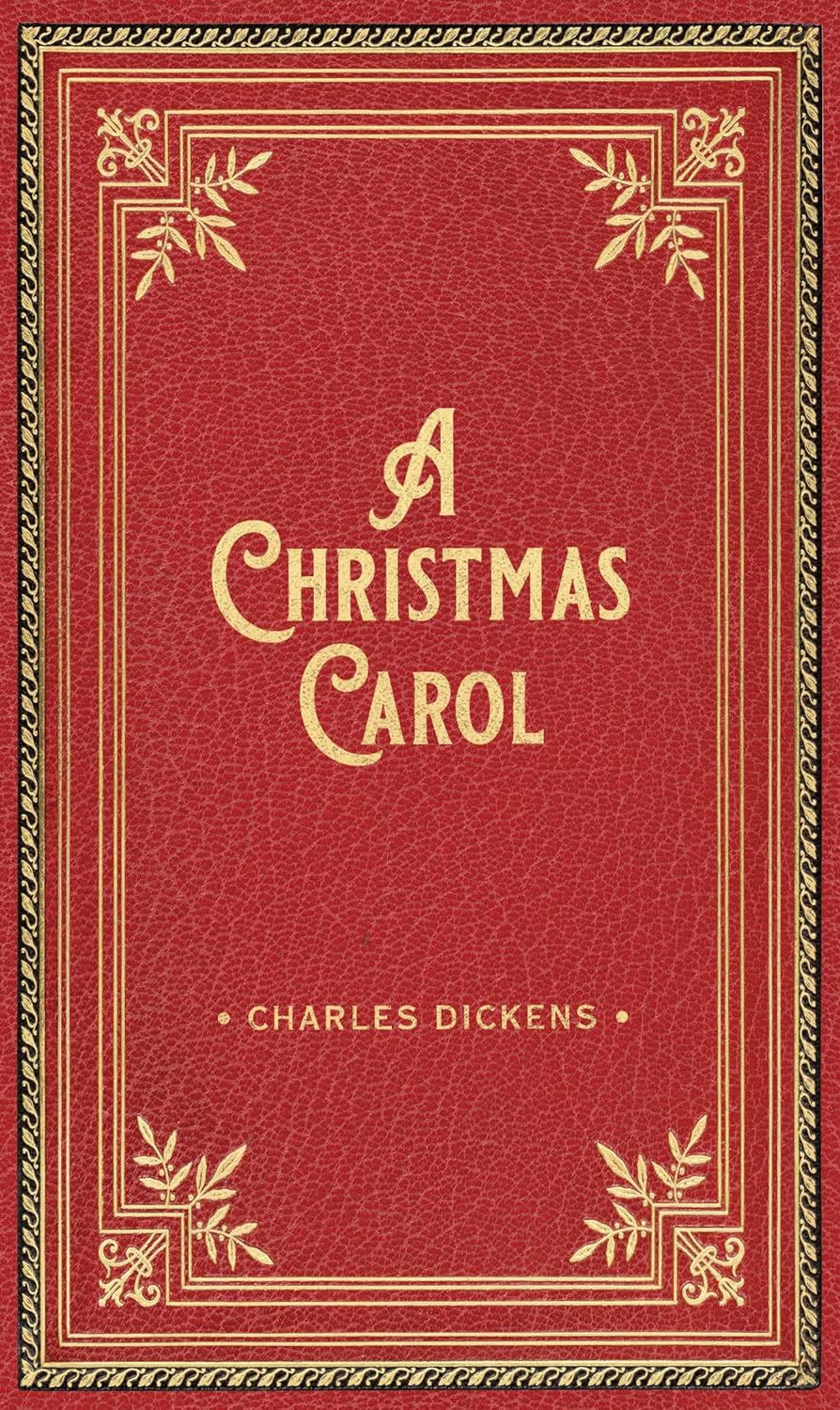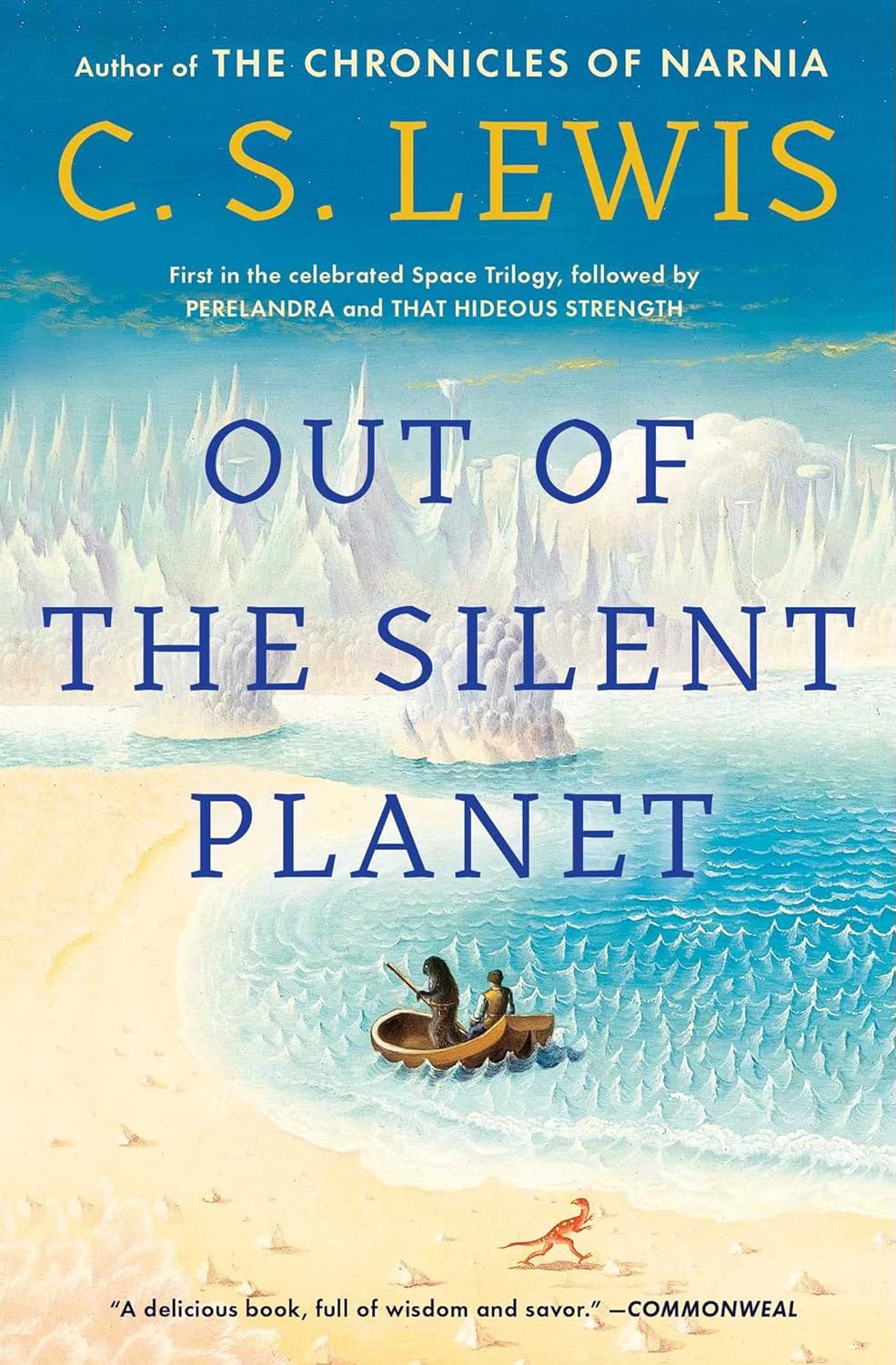Welcome to Reading Revisited, a place for friends to enjoy some good old-fashioned book chat while revisiting the truth, beauty, and goodness we’ve found in our favorite books.
We have turned on paid subscriptions which will allow you to support the work we are doing here as well as receive Read Along Guide PDFs each month, voice recordings of the Read Along Guides and Essays, and we are working on (printable) bookmarks for each book.
Dear Readers,
I am delighted to be with you again to share our December book club pick - A Christmas Carol by Charles Dickens!
This is a little book that I try to revisit annually - usually during the twelve days of Christmas, BUT I am excited to open this one up in the weeks leading up to Advent.
Also just a reminder that this book, though it packs a real punch, is quite short. So if you’ve felt a little bogged down by our last few longer reads which have been on the longer side, this novella might be just what you need to get back in the reading groove!
Below you will find the posting schedule and a brief introduction (from book drop day) by
and myself.A Christmas Carol Schedule
Friday, November 15: Introduction and Schedule
Monday, November 18: ep. 26: Introduction to Dickens and A Christmas Carol w/
Wednesday, November 20: Stave 1 Revisited
Friday, November 22: Stave 2 Revisited
Wednesday, November 27: Stave 3 Revisited
Wednesday, December 4: Stave 4 Revisited
Wednesday, December 11: Stave 5 Revisited
Tuesday, December 17: Virtual Book Club (contact us for more info/zoom link)
Monday, December 23: ep. 31 Revisiting A Christmas Carol w/
Introduction by and yours truly
In December I wanted to either read something short or something Christmasy so we are going to do both! We are going to read Charles Dickens’ most famous novella, A Christmas Carol. I am sure most (if not all) of you already know the storyline since there are so many movie versions and spin offs, but I promise, if you haven’t actually read this one yet, you are in for a treat. I love Dickens and think he is hilarious and a master of plot, but most of his books are so long that it can make him feel inaccessible. So this is a perfect introduction to Dickens if you haven’t read him before and if you already love him then it’s a great way to dip back into his work without committing to an 800 plus page novel (not that I don’t also recommend that if you are up for it).
When you’re reading Dickens don’t forget that he is being funny in a very dry British sort of way. If there is a lot of description it is probably a very long winded joke that will be worth the effort of reading, I promise!
Here is a great example to whet your appetite for his humor…
Old Marley was as dead as a door-nail.
Mind! I don’t mean to say that I know, of my own knowledge, what there is particularly dead about a door-nail. I might have been inclined, myself, to regard a coffin-nail as the deadest piece of ironmongery in the trade. But the wisdom of our ancestors is in the simile; and my unhallowed hands shall not disturb it, or the Country’s done for. You will, therefore, permit me to repeat, emphatically, that Marley was as dead as a door-nail.
My bookish, Dickens loving friend (and newest regular contributor to Reading Revisited) Hannah Suire has offered to write about A Christmas Carol for us. Hannah is a constant inspiration to my literary life. She is a person I talk to at least daily about the books we’re reading and she pushes me to read literature I would otherwise have neglected. I am so glad she has agreed to inspire us to love Dickens more and I’m excited to read more of her writing in the future. Here’s what she has to say about this book…
There’s no one quite like Dickens for populating the mind of a reader (and, perhaps, a culture) with unforgettable characters. Mr. Scrooge’s place within our cultural imagination is pretty well-cemented…I mean how many other 19th-century characters can find their name in the Merriam-Webster dictionary? Whether we first met Scrooge in Dickens’ own work or encountered him through one of his frequent film debuts (we all know which is superior), Scrooge’s conversion is a masterful exploration of the power of memory to change us. This book is about a lot of things: greed, poverty, simplicity, resurrection, but I would suggest that the key to A Christmas Carol could be summed up best by an oft-repeated line from another of Dickens’ Christmas novellas, The Haunted Man and the Ghost’s Bargain: “Lord, keep my memory green.”
Scrooge is saved by remembering. His ghostly visitors all draw him to remember- to remember his past joys and hardships, to remember those in present need, and to remember (in the words of tiny Tim), “Him who made lame beggars walk”. In his journey of remembering we see Scrooge “recalled to life”. His memory comes alive, comes “green”, again after a long winter and we see the cold, hardened man enter into joy and newness of life.
This little book endures because it goes hand-in-hand with the feasting of the Christmas season. It reminds us that a feast is, at its very core, a remembering. In his epigraph Dickens hopes that this book will “haunt [y]our houses pleasantly”, and though it feels a bit cliche for a true Dickensian to claim A Christmas Carol as their most beloved of his works (surely it ought to be one of the 800-pagers to really show our chops?), I’ll admit to being most happily haunted by this book year after year. It seems only fitting to end with a bit of Dickensian sentimentality, so I invite you all to “live in the Past, the Present, and the Future” as you enjoy this ghostly story.
I hope you all enjoy this lovely little book! Given the format, we’ll have five reading guide posts rather than the usual three, but I promise to keep them short and sweet to match the tone of this little book.
Until next time, keep revisiting the good books that enrich your life and nourish your soul.
In Case You Missed It:
What We’re Reading Now:
December
A Christmas Carol by Charles Dickens
January
Othello by William Shakespeare
February
Out of the Silent Planet AND Perelandra by C.S. Lewis
A Few Reminders:
If you are wanting to get in on the in person or virtual community please contact us!
We have turned on paid subscriptions which will allow you to support the work we are doing here as well as receive Read Along Guide PDFs each month, voice recordings of the Read Along Guides and Essays, and we are working on (printable) bookmarks for each book.
If you would like to make a small contribution to the work we’re doing here at Reading Revisited, we invite you to do so with the Buy (Us) a Coffee button below. We so appreciate your support!
*As always, some of the links are affiliate links. If you don’t have the books yet and are planning to buy them, we appreciate you using the links. The few cents earned with each purchase you make after clicking links (at no extra cost to you) goes toward the time and effort it takes to keep Reading Revisited running and we appreciate it!










Kelsie- I’m not familiar with these two CS Lewis’ title so I’m glad I encountered this piece. Curious: what do you think makes these two pieces lesser known than some of his more titular work?